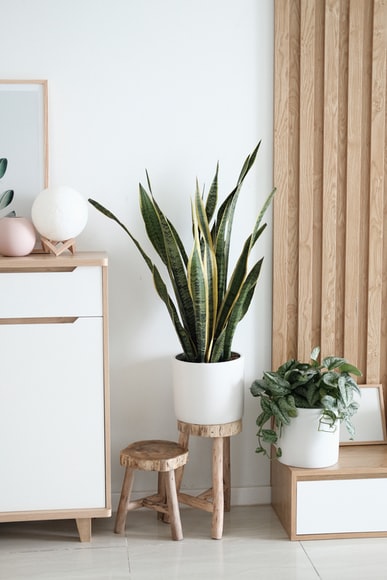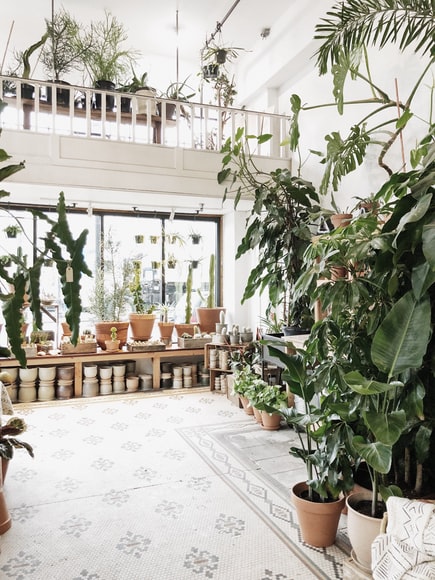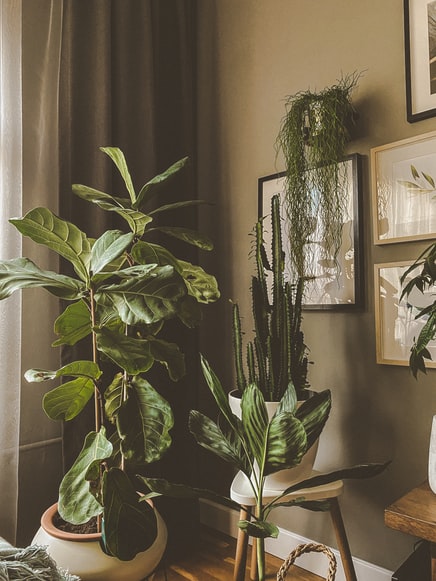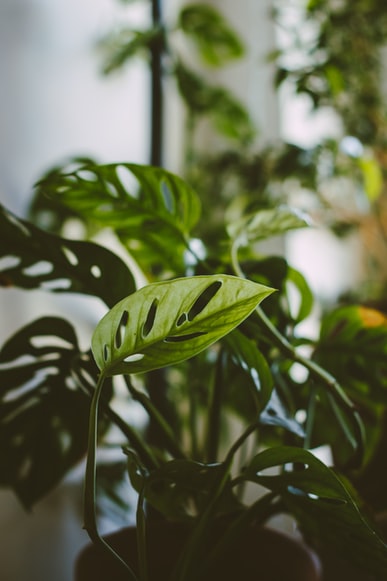About The Houseplant Rule
Plants want to grow; they are on your
side as long as you are reasonably sensible.
What are indoor plants?
Indoor plants are plants that grow indoors. There are a variety of tropical plants, like palms, that thrive in indoor environments. Most of the time, indoor plants are already in containers, so there is no need to plant them. There are typically only two reasons you need to plant an indoor plant. Succulents and cacti need continuous, daily sunlight. Plants with foliage need roughly 8 hours of light per day. The amount of light depends on the plants you are growing, so we suggest doing research on the specific plants you are growing.
What qualities make for a good indoor plant?
There are several qualities to look for when selecting an indoor plant.
- A good root system – This is incredibly important when choosing a plant. It’s not practical to pull a plant out of its pot to check its roots but if it is a small plant, this can be done. Healthy roots are thick and light in color.
- Foliage- Here’s a good rule of thumb when it comes to plant foliage: if you can’t see through it, the foliage is thick enough.
- Check for disease – Some signs of a plant with pests or disease are: white dots, sticky residue on the leaves and a bad odor.
Which indoor plants require low light?
Indoor plants that need little light could be good fits for locations where light is more dim. Some plants that require low light are
- Philodendron – A very common indoor plant that rarely attracts pests. It’s a hearty plant that is adaptable to various environments
- Pothos or Devil’s Ivy- A plant with colorful and vibrant leaves. This plant does great in a variety of environments, thriving in low light or in bright, indirect light.
- Dracaena– This is another popular indoor plant with long green leaves. This is one indoor plant you will want to prune if foliage gets too long.
Houseplant, any plant adapted for growing indoors. The most common are exotic plants native to warm, frost-free parts of the world that can be grown indoors in colder climates in portable containers or miniature gardens. Most houseplants are, therefore, derived from plants native to the tropics and near tropics. Those that make the best indoor subjects are the species that adjust comfortably to the rather warm, dry conditions that generally prevail in indoor living spaces.
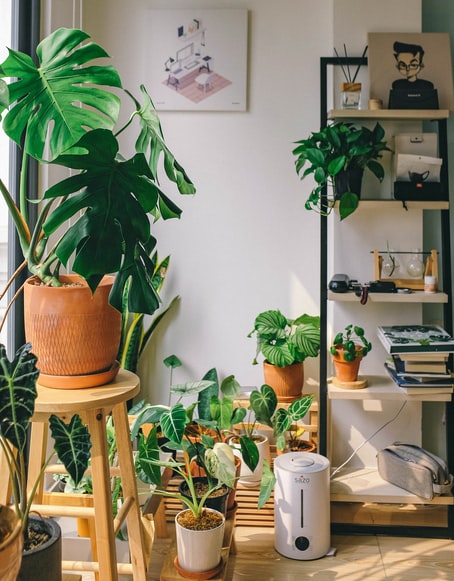
Historical background
Paintings and sculptures make clear that the practice of indoor gardening can be traced at least to the early Greeks and Romans, who grew plants in pots and perhaps brought them into their homes.
The older civilizations of Egypt, India, and China also made use of pot plants but usually in outdoor situations, often in courtyards that were extensions of the house; and for centuries the Japanese have carried on the dwarfing of trees and other plants for room ornaments.
But the popular art of growing houseplants did not receive much comment until the 17th century, when, in The Garden of Eden (1652), Sir Hugh Platt, an English agricultural authority, wrote of the possibility of cultivating plants indoors. Shortly thereafter, glasshouses (greenhouses) and conservatories, which had been used during Roman times to force plants to flower, were built in England and elsewhere to house exotic plants. In mid-19th-century England and France, books began to appear on the growing of plants in private residences, and the use of enclosed glass cases of plants (the wardian cases, or terraria) became popular.
There are thousands of tropical and subtropical plants that can adapt to growing indoors. Although some fancy exotic species do well only in a humid conservatory or a glass-enclosed terrarium, a great many species have been introduced that endure the adverse conditions of dry heat and low light intensity that prevail in many houses. A selection of the more widely favoured houseplants follows, under two sections: foliage plants, some of which also bear interesting flowers; and flowering plants, species kept primarily for their flowers.
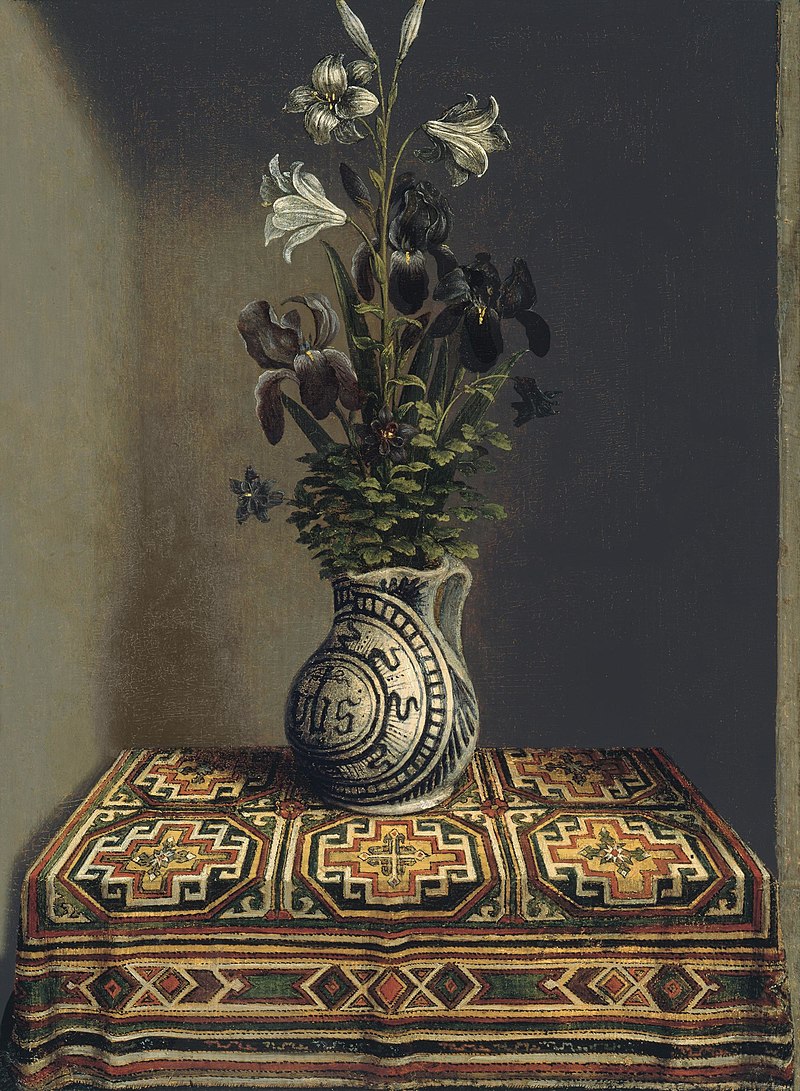
House Plants Tips
House Plants Photos
Pictures show everything, some plants are eye-catching
in photos and some are in reality.

